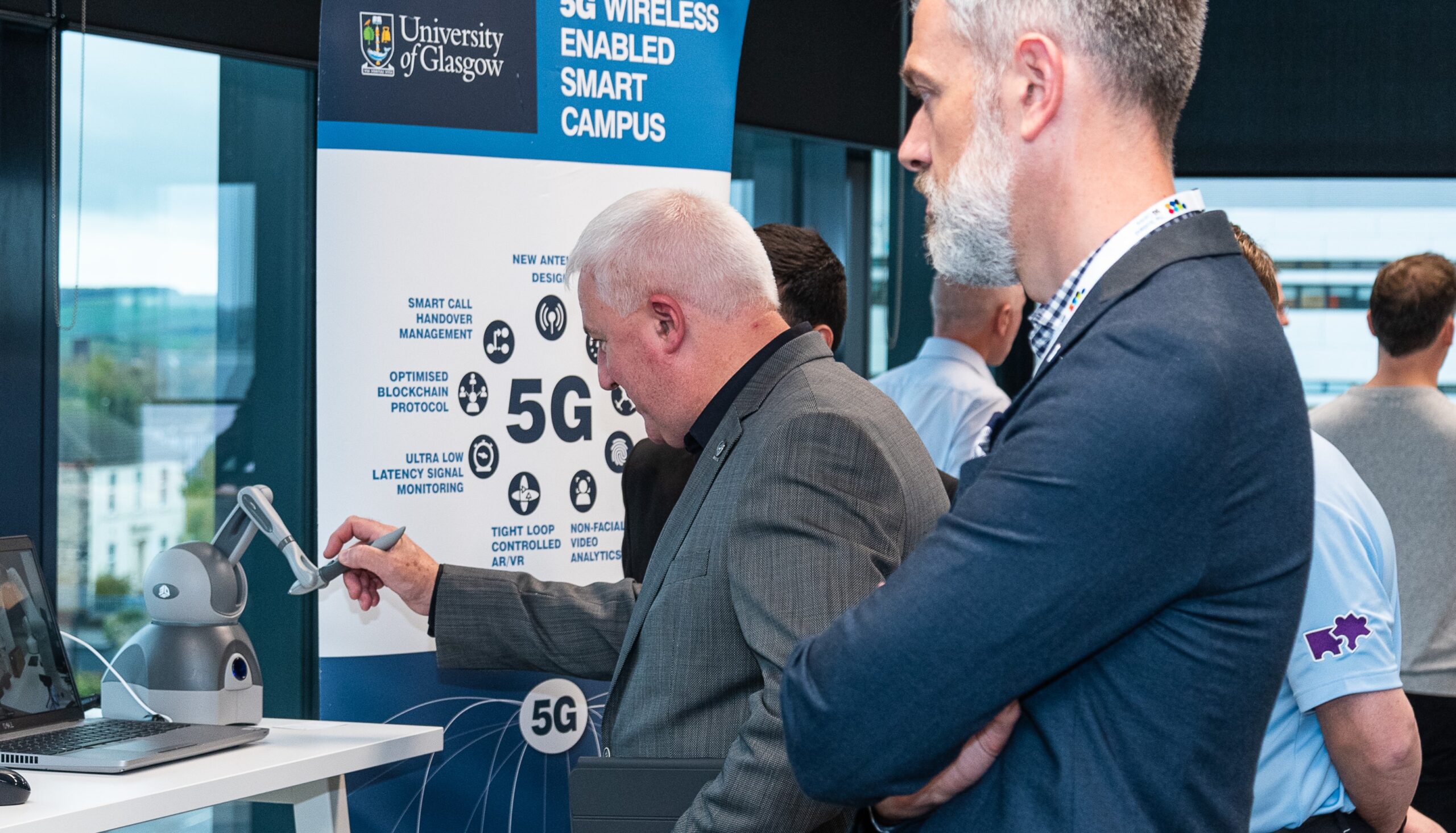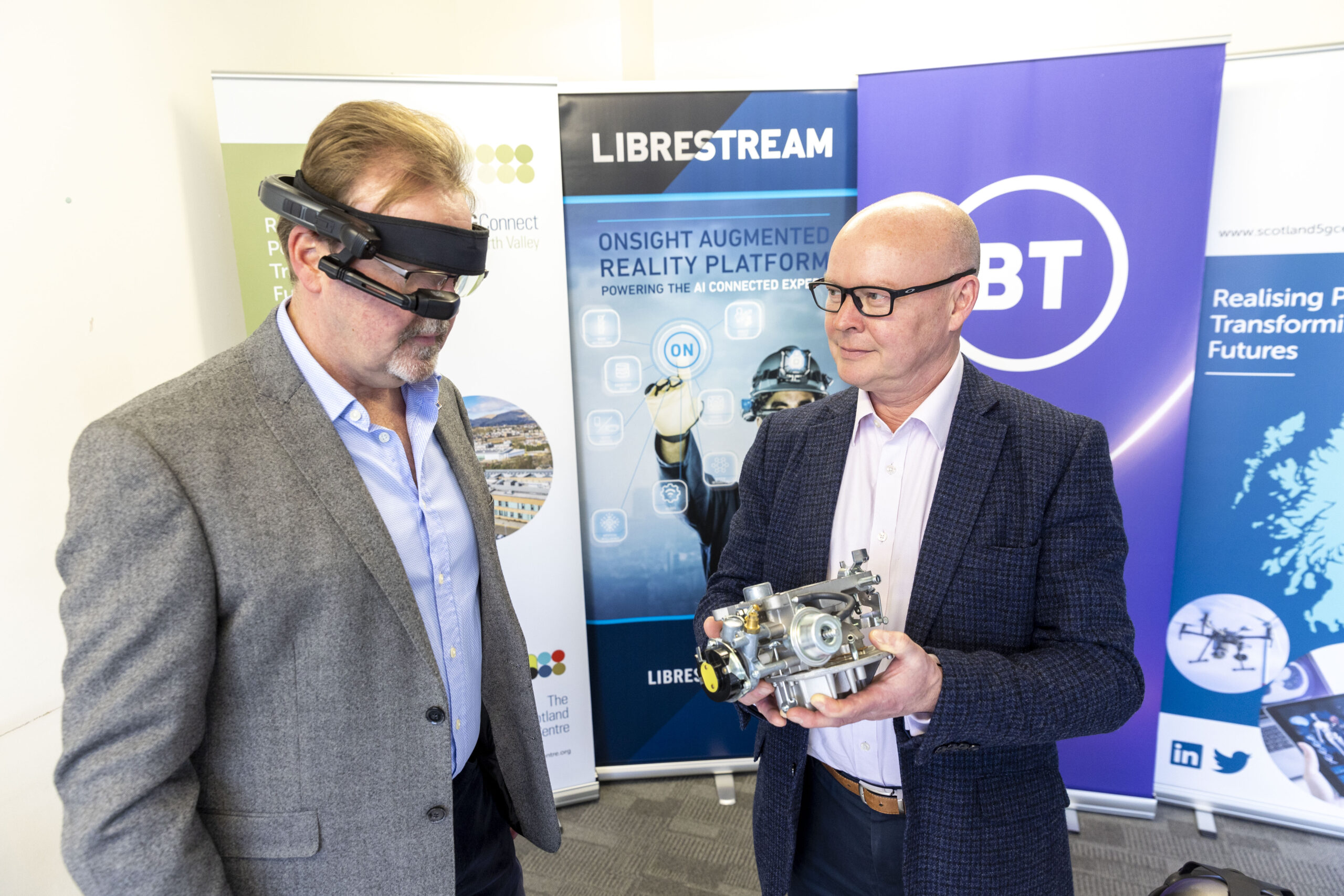Services
Use Cases

Tay 5G Project
The Scotland 5G Centre (S5GC) is a partner of the Tay5G Innovation Challenge. As a purpose built 5G testbed location invested in the region, and at the heart of the technological innovation ecosystem, S5GC supports research and development on enabling technologies for applications where 5G connectivity plays a key role in transforming key industries. We will be supporting the winners alongside the process in this unique opportunity the region is offering.
Other S5GC Projects

5G Whisky Distillery Report
The Scotland 5G Centre commissioned Jacobs to explore the potential use of 5G in whisky distilleries. Based on desk research and engagement with a distillery in central Scotland, this report presents the potential opportunities for 5G technology in the whisky sector, considering use cases and impacts across 4 key themes: Health and Safety, Cask Management, Site Management and Maintenance, and Security.
Understanding 5G

Spectrum Licence Guide
For guidance on how to apply for an Ofcom Spectrum Licence, check out our handbook here.
Recent News

Brochure
Our online brochures provide you with the same information as the printed brochures, but is faster and much more environmentally friendly.











